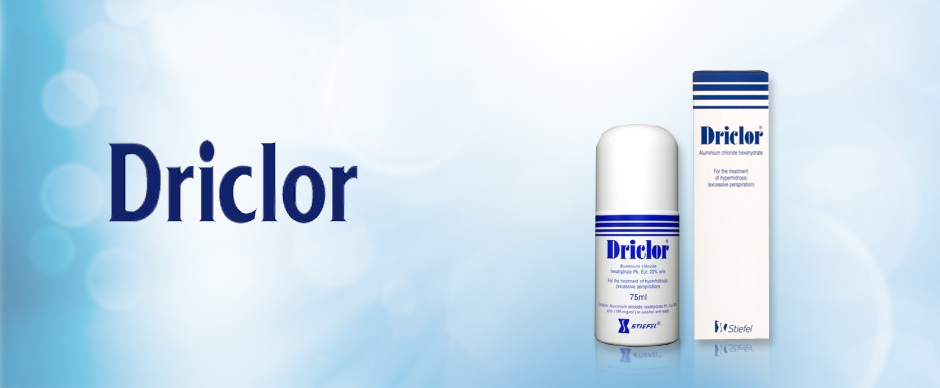
What is hyperhidrosis?
Everybody sweats; Simple. Sweating from the armpits, palms and soles of the feet is completely normal - in fact most of us will product about 1 litre of sweat every single day. Sweating is just our body’s way of controlling our temperature and cooling us down when we get too hot. However, there are some people that can produce up to 5 times more sweat than normal. They may find themselves sweating without exercise, heat or nervousness, which is classed as a condition called hyperhidrosis or “excessive sweating”. It has no impact on a person’s overall health, but it can be a real inconvenience that has a negative impact on your life and those suffering find it embarrassing and distressing - which only makes the problem worse.
Simply put - hyperhidrosis can be defined as sweating more than what is required to control your body’s temperature.
Primary hyperhidrosis:
Primary hyperhidrosis is linked with a problem in the sympathetic nervous system, which controls body’s functions that do not require any thought, just like sweating. It uses sweat like a thermostat and when it senses our bodies are too hot it sends a signal from your brain to millions of sweat glands to product sweat. The sweat then cools on the skin to reduce the overall temperature of your body. With primary hyperhidrosis, it is suggested that there is a problem with the part of the brain that regulates sweating, which results in the brain sending signals to sweat glands even when there is no need to cool the body. Primary hyperhidrosis sees excessive sweating occurring on the palms of the hands, soles of the feet, the underarms and face and mostly affects one particular part of the body.
Secondary hyperhidrosis:
Secondary hyperhidrosis occurs when there is an underlying cause of sweating and can cause excessive sweating all over the body. Certain factors that can cause secondary hyperhidrosis include the menopause, overactive thyroid gland, being drunk or high and withdrawing from alcohol and drug addictions. Some medications could also cause excessive amounts of sweating, such as antidepressants, tamoxifen that is used as a breast cancer treatment and gonadotropin-releasing hormone antagonist used to treat infertility in women and prostate cancer in men.
Some other causes of secondary hyperhidrosis that are considered to be less common include some forms of infection like HIV or tuberculosis, Parkinson’s disease and disorders that develop inside blood cells or bone marrow like leukaemia or lymphoma. If you start sweating excessively and have no history of excessive sweating you may have secondary hyperhidrosis. Visit your GP to see if the cause of your excessive sweating can be investigated, especially if you are suffering from night sweats.

